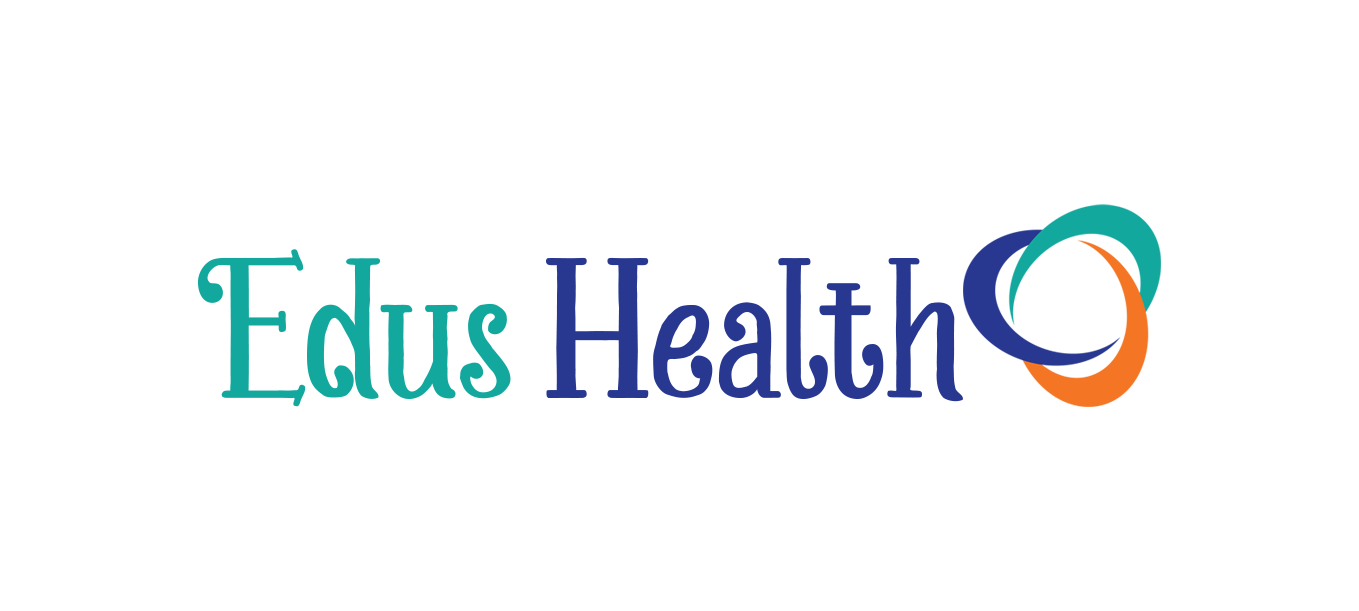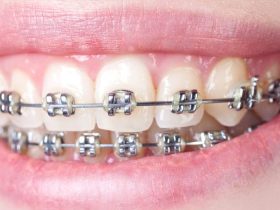Facial treatments rooted in traditional practices are gaining attention among those seeking natural approaches to skincare and wellness. A Bojin facial and a Gua Sha facial in Singapore are often compared for their techniques and results. Both treatments aim to improve circulation, release tension, and promote healthier-looking skin, yet they differ in their tools, methods, and areas of focus. When you know these differences, it can help you make informed choices about which treatment best suits their needs and expectations.
What Is a Gua Sha Facial?
A Gua Sha facial in Singapore involves using a smooth-edged tool, typically made of jade or quartz, to scrape gently across the skin. This motion stimulates blood circulation, encourages lymphatic drainage, and helps release muscle tension in the face. The treatment can reduce puffiness, improve skin tone, and enhance the absorption of skincare products. Many people also report a sense of relaxation, as Gua Sha works to relieve tightness in facial muscles.
In addition to its cosmetic benefits, Gua Sha has roots in traditional Chinese medicine, where it has been used to treat pain and stagnation. In a facial context, the technique adapts these principles to a gentler form, aiming to restore balance and improve skin vitality. While results may vary depending on consistency and technique, Gua Sha is generally considered a non-invasive option suitable for regular use.
What Is a Bojin Facial?
A Bojin facial, by contrast, employs specialised tools shaped to target acupressure points along the face and body. The treatment is based on the principles of meridian therapy, which focuses on unblocking energy channels to restore overall balance. Instead of scraping, Bojin applies pressure and stimulation to these points, which can relieve muscle stiffness, reduce facial fatigue, and support natural rejuvenation.
By working on deeper muscle layers and energy pathways, a Bojin facial does more than improve the skin’s surface appearance. It may help alleviate tension headaches, sinus discomfort, or even jaw tightness. As with Gua Sha, the treatment is non-invasive, but it takes a more targeted and therapeutic route that appeals to those seeking more than cosmetic results.
Key Differences Between Gua Sha and Bojin
While both treatments aim to improve circulation and skin health, their approaches differ significantly. Gua Sha relies on gentle yet effective scraping motions, which enhance lymphatic flow and reduce puffiness. The focus is largely on surface-level benefits such as brighter skin and reduced swelling. Bojin, however, concentrates on stimulating specific points along the meridians, producing effects that extend beyond the skin to the muscles and energy balance of the body.
Another difference lies in the tools used. Gua Sha tools are flat, smooth, and broad, while Bojin tools are often curved or pointed to access precise areas. This difference in technique makes the Gua Sha facial in Singapore more focused on overall facial relaxation, while the Bojin facial offers a therapeutic experience that targets both facial and body wellness. Choosing between the two depends on whether one prioritises cosmetic enhancements or a more holistic approach to health and skin care.
Which Treatment Should You Choose?
Deciding between a Gua Sha facial in Singapore and a Bojin facial comes down to personal goals and preferences. If the priority is reducing puffiness, improving circulation, and maintaining a radiant complexion, Gua Sha is a suitable option. It is gentle, relaxing, and can be incorporated into regular skincare routines easily. Those who enjoy at-home treatments may also find Gua Sha accessible, as tools are readily available for personal use.
On the other hand, individuals looking for deeper relief from muscle tightness, stress, or energy imbalances may benefit more from a Bojin facial. Its focus on acupressure points and meridian therapy provides a more comprehensive treatment that addresses both physical discomfort and facial rejuvenation. For some, alternating between the two treatments may provide the most balanced results, combining the cosmetic benefits of Gua Sha with the therapeutic depth of Bojin.
Conclusion
Both a Bojin facial and a Gua Sha facial in Singapore draw from traditional practices but deliver different experiences and outcomes. Gua Sha focuses on improving circulation and facial appearance, while Bojin targets more therapeutic effects through meridian stimulation. Knowing these distinctions allows individuals to choose treatments that align with their needs, whether for skincare, relaxation, or overall wellness.
Enhance your skincare and wellness routine. Contact 21st Century Beauty Spa to explore both Gua Sha and Bojin facial treatments in Singapore today and discover which approach suits you best.









